Machining Cast Aluminum: Ultimate Guide on Optimization!
The machining cast aluminum has its own tools, speed and feed rates. This blog will help you with how to improve this process; the sections that will be discussed include tool type, cutting speed, feed rate, and lubrication. It is done to contribute to the best outcomes of your projects.
What is Cast Aluminum and Why is it Used in Machining?
Machining Cast Aluminum with 8-12% Si is highly machinable. Its Brinell hardness ranges from 60–120 that is suitable for applications involving CNC processes.
Thermal conductivity is between 150-180 W/mK which is suitable for heat dissipation. Density at 2.7 g/cm³ means the composite is lightweight, a vital factor in aerospace applications. 200-400 MPa tensile strength offers mechanical strength to the structure.
Surface roughness can get down to Ra 0.8 µm, which improves the service life of components. Casting machining accuracy reaches ±0.0.05 mm, thus helping to achieve accurate fits.
How Does the Machining Process Differ for Cast Aluminum?
Tool Selection
Choosing the right tool is important. Carbide tools work well for cast aluminum. These tools handle high-speed cutting. HSS tools are another option.
They provide precise cuts. Diamond-coated tools last longer. The right tool reduces wear. Tools with specific angles improve cutting. End mills are useful. They cut deep and fast. Tools with sharp edges make smooth surfaces.
Cutting Speed
High cutting speed is key. It reduces machining cast aluminum time. Faster speeds prevent tool wear. Cutting speed depends on tool material. Carbide tools can cut faster.
HSS tools need slower speeds. Speed affects surface finish. Higher speeds make smoother surfaces. Adjust speed based on material hardness. CNC machines set speeds precisely.
Feed Rate
Feed rate controls the cutting speed. It affects tool life. Faster feed rates remove more material. They also increase heat. Lower rates reduce wear. Adjust feed rate for better results.
End mills have recommended feed rates. Different materials need different rates. Proper feed rate prevents tool breakage.
Lubrication
Lubrication is vital. It reduces friction. Coolants help with heat. They improve tool life. Lubricants reduce wear. Using the right fluid is important. Oil-based coolants work well.
Water-based coolants cool better. Lubricants also wash away chips. They keep the cutting area clean. Proper lubrication enhances surface finish.
Chip Formation
Chips show how machining cast aluminum works. Long chips mean good cutting. Short chips need better settings. Chip size affects tool life. Larger chips need stronger tools.
Proper chip control is important. Coolants help manage chips. Chip breakers are useful. They cut chips into smaller pieces. Good chip control improves machining.
Surface Finish
Surface finish matters. Smooth surfaces look better. Cutting speed affects finish. Higher speeds make smoother surfaces. Tool sharpness is important. Sharp tools give a fine finish.
Proper lubrication helps too. It reduces friction. CNC machines control finish precisely. They set the right parameters. Surface finish improves product quality.
What are the Best Practices for Optimizing Machining of Cast Aluminum?
Tool Material
Tool material selection matters most. Carbide tools have hardness of 1500 HV. HSS tools are versatile. Diamond coated tools are long lasting. Each material affects cutting.
Harder tools last longer. Tungsten carbide tools are resistant to wear. It is best to use them for rough cuts. Polycrystalline diamond (PCD) tools are fine finishers. Connect material to aluminum grade. Right tools reduce downtime.
Coolant Application
Coolant application matters. Coolants lower temperature. Oil-based coolants work best. Water-based coolants cool faster. Coolant reduces friction. Use 20% concentration.
Higher pressure of the coolant facilitates the removal of chips. Aim for 500 psi. By proper application tool life is extended. Flood cooling is used to cover the tool. Mist cooling saves fluid. Coolant flow rate affects Machining Cast Aluminum. Maintain steady flow.
Clamping Method
Clamping method is crucial. Use vises for stability. Hydraulic clamps also exert a constant force. Pneumatic clamps are quick. V-blocks support round parts. Soft jaws prevent scratches.
Exert 5000 N clamping force. Proper clamping reduces vibration. Secure clamps to the CNC table. Ensure no part movement. Double-check clamping points. Secure clamps improve accuracy.
Cutting Fluid
Cutting fluid is essential. It cools and lubricates. Use synthetic fluids. Emulsion fluids are based on the combination of oil and water. Select oil in water emulsion with 10% of oil phase.
Use of cutting fluid helps to minimize tool wear. It should be applied at a flow rate of 200 ml/min. It washes away chips. Keep fluid clean. Regularly filter fluid.
Chip Control
Chip control is important. Long chips need breakers. Short chips improve safety. Use chip conveyors. Set proper rake angle. Rake angle 10° is suitable. Control the size of the chip with its depth. Depth of cut influences chips. Coolant aids chip removal. Optimize spindle speed.
Monitor chip formation. Tool longevity is another advantage of good machining cast aluminum control.
How to Choose the Right Cutting Tools for Cast Aluminum?
Carbide tools
Use carbide tools for cast aluminum. These tools have high wear resistance. They handle speeds up to 800 m/min. Tool life is extended with proper cooling. Use TiN coatings to reduce wear. Cutting edge angles should be sharp. Smaller diameter tools are preferred.
Consider end mill or face mill tools. The feed rate should be consistent. Machining requires low force. Carbide inserts improve performance.
Coatings
Coatings improve tool performance in aluminum. TiCN is common for wear resistance. TiAlN helps with high temperatures. CrN provides a smooth surface. Use coatings with low friction.
Coatings prevent aluminum sticking. They increase cutting speed. Choose multi-layer coatings. They enhance tool life. PVD coatings are popular. Coatings reduce heat build-up. Proper coating selection is essential.
Flute design
Flute design impacts chip removal. Three-flute tools are ideal. They provide better surface finish. Choose tools with helical flutes. These improve cutting action.
Flutes with larger gullets handle more chips. Use straight flutes for stability. Variable pitch flutes reduce vibration. Flute length should match depth of cut. Short flutes prevent deflection. Proper flute design is key for aluminum casting and machining.
Tool geometry
Tool geometry affects machining. Use positive rake angles. They reduce cutting force. Opt for sharp cutting edges. Radius corners improve durability. Helix angles control chip flow.
Back taper will help with chip evacuation. Choose tools with variable helix. It reduces chatter. Proper relief angles avoid rubbing. Clearance angles prevent tool wear. Geometry impacts performance.
Tool sharpness
Tool sharpness is critical. Sharp tools reduce cutting force. They improve surface finish. Dull tools cause vibration. Regular sharpening extends tool life. Sharp tools reduce heat. Use diamond wheels for sharpening. Tool sharpness affects speed.
Proper edge preparation is essential. Regular maintenance ensures sharpness. Inspect tools frequently. Sharp tools enhance efficiency.
| Feature | Carbide Tools | Coatings | Flute Design | Tool Geometry | Tool Sharpness |
| Material | Tungsten Carbide | Titanium Nitride (TiN) | Single, Double, Multiple | Angles, Radii | Honed, Ground |
| Hardness (HRC) | 75-80 HRC | 80+ HRC | Varies | Varies | 60-70 HRC |
| Wear Resistance | High | Very High | Medium | High | Medium |
| Cutting Speed (RPM) | 6000-10000 RPM | 5000-9000 RPM | 7000-11000 RPM | 7000-10000 RPM | 6000-10000 RPM |
| Surface Finish | Excellent | Improved Surface Finish | Good | Superior | Excellent |
| Cost | Medium to High | High | Medium | Medium to High | Medium |
Table on How to Choose the Right Cutting Tools for Cast Aluminum!
What Are the Key Factors Affecting Surface Finish in Machining Cast Aluminum?
Tool wear
Tool wear impacts surface finish. Dull tools create rough surfaces. Use inserts with a low wear rate. Coatings like TiN reduce wear. Regular tool changes help maintain quality.
Monitor flank wear closely. High-speed machining cast aluminum reduces wear. Choose carbide tools for longevity. Check wears patterns frequently. Proper maintenance extends tool life. Optimal tool wear ensures smooth surfaces.
Cutting speed
Cutting speed affects surface finish. High speeds improve quality. Use speeds around 300 m/min. Proper speed prevent tool wear. Maintain constant speed for consistency.
Adjust speed for different materials. High-speed steel tools perform well. Monitor spindle speed during operations. Proper cutting speed reduces heat. Ensure machine can handle high speeds. Consistent speed ensures even finish.
Feed rate
Feed rate controls chip loading. Low feed rates improve finish. Use a 0.1 to 0.3 mm/tooth feed rate. Proper feed prevents tool breakage. Adjust the feed to the material’s hardness. Monitor feed consistency. Use CNC controls for precision. Proper feed rate enhances tool life.
High feed rates increase productivity. Consistent feed ensures smooth operation. Proper feed rate is crucial for Machining Cast Aluminum.
Coolant use
Coolant affects surface finish. Use water-soluble coolants. Proper flow rate prevents overheating. Coolant reduces friction. Monitor coolant concentration. High-pressure coolant systems work well. Use mist coolant for small operations. Proper coolant use extends tool life.
Check coolant delivery system. Ensure even coolant distribution. Proper coolant use prevents thermal damage.
Machine stability
Machine stability is vital. Rigid machines produce better finishes. Check for machine vibrations. Use dampers to reduce vibrations. Proper alignment ensures accuracy.
Monitor spindle stability. Heavy machines offer more stability. Regular maintenance keeps machines stable. Check machine components regularly. Proper lubrication reduces wear. Stable machines produce consistent quality when Machining Cast Aluminum.
Workpiece material
Workpiece material affects finish. Cast aluminum has different grades. Use 356-T6 for better machinability. Check material hardness. Softer materials produce smoother surfaces.
Monitor material composition. Proper clamping prevents movement. Use fixtures for stability. Material properties affect tool wear. Regular inspection ensures quality.
How to Address Common Issues in Machining Cast Aluminum?
Tool breakage
Tool breakage is a big problem. Use carbide tools for strength. Check tool life frequently. Avoid exceeding 0.3 mm/tooth feed rate. Proper lubrication reduces stress.
Monitor tool wear closely. Use reinforced end mills. Ensure rigid tool holders. Adjust spindle speed to optimal levels. Regular maintenance is key for Machining Cast Aluminum. Proper tool selection prevents breakage.
Burr formation
Burrs are unwanted edges. Use high-speed steel tools. Adjust cutting speed to 300 m/min. Use sharp cutting edges. Proper feed rate prevents burrs. Inspect workpieces regularly.
Deburring tools remove burrs. Use chamfered edges. Coolant helps reduce burrs. Proper clamping prevents movement. Burr-free surfaces improve quality.
Surface roughness
Surface roughness affects quality. Use polished carbide tools. Maintain cutting speed at 400 m/min. Proper feed rate ensures smooth finish. Use diamond-coated tools.
Monitor tool condition regularly. Fine-tune machine settings. High RPM improves surface finish. Use finishing passes. Proper lubrication reduces roughness. Inspect surfaces frequently.
Dimensional accuracy
Dimensional accuracy is crucial. Use precision tools. Maintain tight tolerances. Proper calibration ensures accuracy. Use CNC machines for precision. Monitor tool wear. Regularly check machine alignment. Proper clamping prevents movement. Inspect dimensions frequently.
Use micrometers for accuracy. Accurate dimensions ensure quality in Machining Cast Aluminum.
Heat generation
Heat generation affects tools. Use coolant to reduce heat. Maintain optimal cutting speed. Use low-friction coatings. Proper lubrication reduces friction. Monitor temperature closely.
Use high-speed steel tools. Adjust feed rate for cooling. Ensure proper chip evacuation. Heat-resistant tools perform better. Proper cooling ensures tool longevity.
What Role Does Feed Rate and Speed Play in Machining Cast Aluminum?
Optimal Settings
Machining of cast aluminum requires proper selection of certain settings. Appropriate spindle speeds, such as 1800 RPM, enable clean cuts. Feed rates of 0.002 inches per tooth dictate material removal rate. Higher feed rates may cause the tool to wear out.
Lower speeds could lead to poor surface finishes. The balance of these parameters influences tool wear and tear. They also include such aspects as 05 inches.
All change affects the process in some way. Machining tools especially the end mills should be sharp. This results in accurate cutting and minimizes vibrations.
Tool Life
Factors affecting tool life in machining cast aluminum include the following. Knives require maintenance from time to time. WC-Co grades carbide tools are also effective when it comes to durability. High temperature up to 500°F can be dangerous and negatively affect the lifespan of the tools. Flood coolants and similar cooling systems are responsible for managing temperatures. Proper lubrication minimizes friction.
This means that a high spindle speed of 2500 RPM is likely to lead to tool wear. A small modification to feed rates of around 0 is needed. Such values as 0.003 inches per tooth require accuracy. Depth of cut should be optimal, around 0.1 inches.
By controlling these parameters it is possible to prolong the tool’s useful life. Regular check-ups ensure that tools are sharp all the time.
Surface Quality
Machining Cast Aluminum requires a smooth surface finish. This means that it is very important to have close control of any surfaces that are to be smooth.
At a spindle speed of 2000 RPM the finish is affected. Feed rates must be balanced, like 0. For smooth cuts the feed rate is 0.004 inches per tooth. Poor settings cause roughness.
Employing sharp end mills like HSS enhances the surface finish achieved on the workpiece. Depth of cut should be minimal, around 0.02 inches.
Coolants help reduce heat. One of the issues that influence surface finish is heat. Consistent monitoring ensures quality. Changes should be made where necessary.
Material Removal Rate
The material removal rate is an important factor to consider. These faster rates make for faster production. Speeds such as 2200 RPM affect the removal rates. Feed rates must be optimized, around 0.005 inches per tooth. Too fast can result to tool wear. Too slow affects efficiency.
Depth of cut influences removal rate, roughly, 0.08 inches. Sharpened tools enhance removal. Carbide tools such as TiCN coated should be used. Cooling systems manage heat. Heat affects removal efficiency. Daily adjustments are important to ensure the best performance.
Vibration Control
Machining is another area where vibration control is crucial. Excessive vibrations affect quality. For example, the recommended speed of spindle is 1900 RPM to minimize vibrations. Feed rates should be adjusted tactfully, at least 0.006 inches per tooth. Depth of cut affects vibrations, about 0.07 inches. The use of balanced tools is very important.
Carbide tools for instance micrograin grades are instrumental in the reduction of vibrations. Lubricants decrease temperatures and oscillations. Heat can increase vibrations. Regular monitoring is essential. Changes should be made periodically. Ensuring balanced tools helps.
Efficiency
Time is very important when it comes to machining. Proper settings improve efficiency. Spindle speeds must be efficient, about 2100 RPM. Feed rates affect productivity, approximately 0.004 inches per tooth. Depth of cut determines efficiency; ideally it should be around 0.05 inches.
Fine tools are more efficient when used. Carbide tools like TiAlN coated are efficient. Cooling systems manage temperatures. Heat can reduce efficiency. Maintenance checks and tuning are required. Monitoring parameters guarantees efficiency. Efficiency impacts overall productivity.
How Can CNC Technology Enhance Machining of Cast Aluminum?
Precision
CNC machines help make parts very exact. They can cut within 0.001 differences. These machines use tools like end mills and drills. Spindle speed is very controlled. Linear guides help parts move just right. Programs called G-code tell machines what to do.
They can make tiny details. Every part looks the same. Steps are repeated for each piece. Complex designs are easy. Machining cast aluminum adjusts quickly. Coolant keeps things cool. High-resolution encoders check positions.
Automation
CNC machines change tools by themselves. Robots help load and unload parts. Programs control how things are cut. This means fewer mistakes. Automated probes check alignment.
CAM software makes cutting paths. Feedback loops make real-time adjustments. They check tool wear. Alerts tell when maintenance is needed. Sensors find problems. Each part follows a plan. The machine works without stopping. Less watching is needed.
Repeatability
CNC machines make the same parts every time. Servo motors help move parts precisely. Saved programs can be used again. Every cycle is the same as before. Tight tolerances are kept. Tools are calibrated the same way each time. Homing cycles reset positions. Exact depths are cut.
Large batches are handled well. Fixtures hold parts the same way. Monitoring stops mistakes. Vibration control keeps cuts steady. Identical parts are made. Setup times are short. Quality stays the same when Machining Cast Aluminum.
Complex Geometries
CNC machines make complicated shapes. Five-axis machines can cut from many angles. CAD models show what to cut. Under-cuts and angles are easy. High-speed spindles make fine details. Multi-tool setups do more tasks. Rotary tables add flexibility.
Complex patterns are easy. Simulations check cuts first. Precision drives make tiny cuts. CAM software plans paths. Each shape is clear. Complex designs are easy. The result is perfect.
Reduced Downtime
CNC machines work more with less stopping. Maintenance plans fix problems early. Quick-change fixtures speed up setups. Automatic lubrication keeps parts working. Tool magazines change tools fast. Remote diagnostics fix problems quickly. Less unexpected stopping happens.
Spare parts are ready. Sensors find wear early. Machines work continuously. Alarms alert operators. Each cycle is smooth. Work increases. Machines are reliable.
Conclusion
Machining cast aluminum requires one to use the right tools and settings. Some of the factors that should be controlled in order to achieve the best results include speed, feed rate and lubrication.
Check out ALUDIECASTING for more tips and tools. Maintaining these factors contributes to precise and smooths machining process.

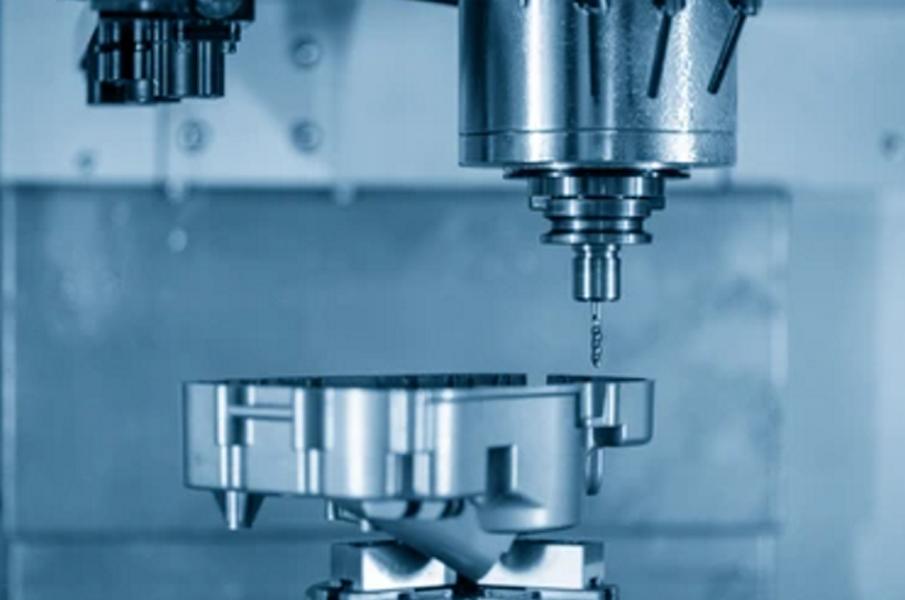
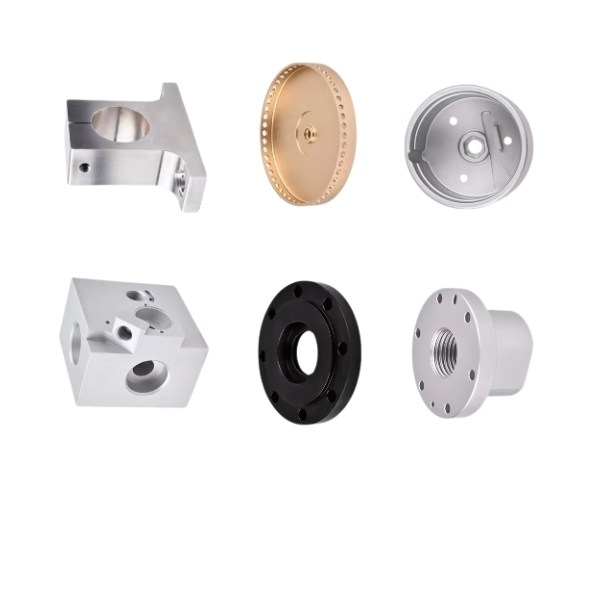
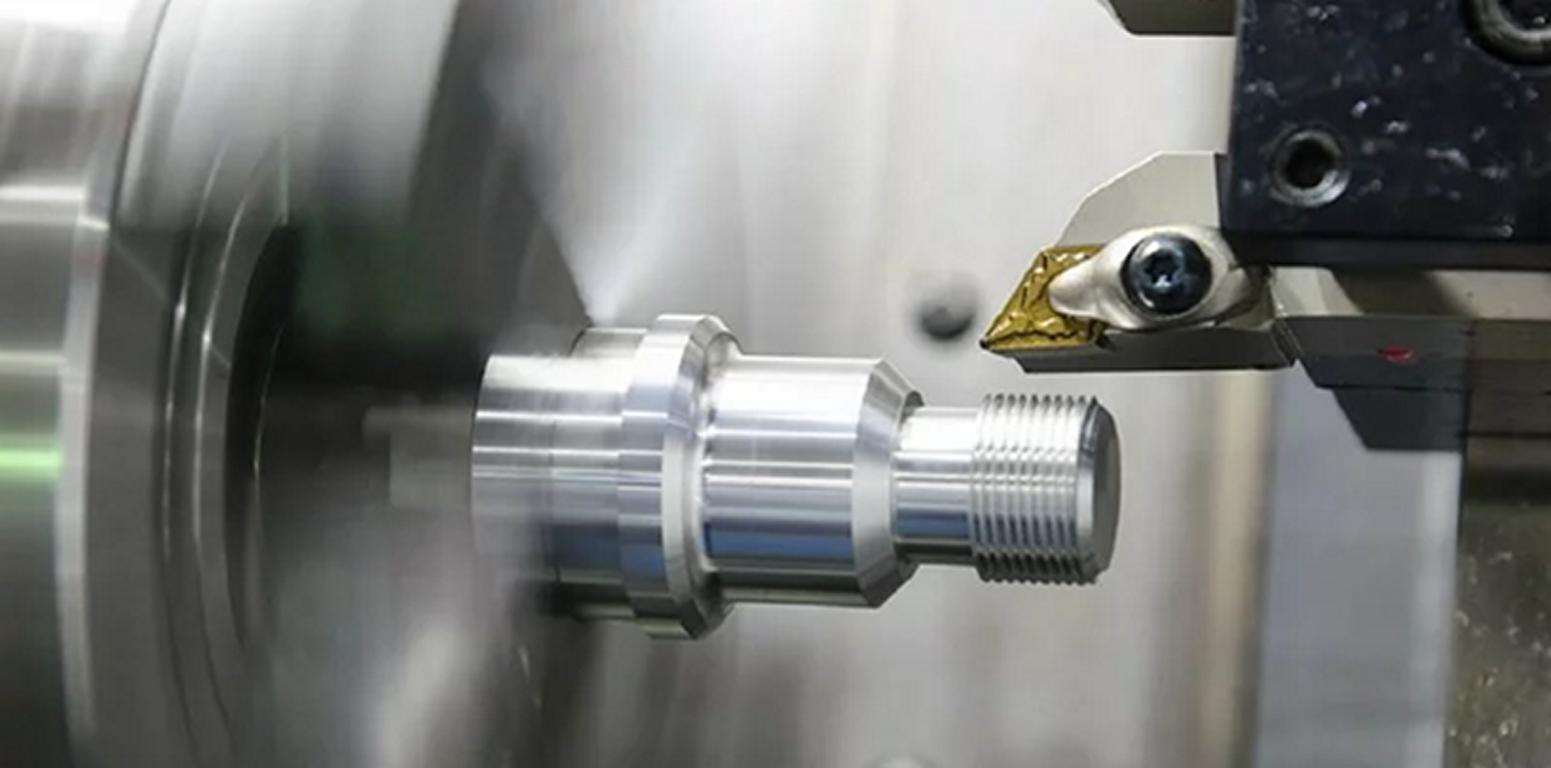
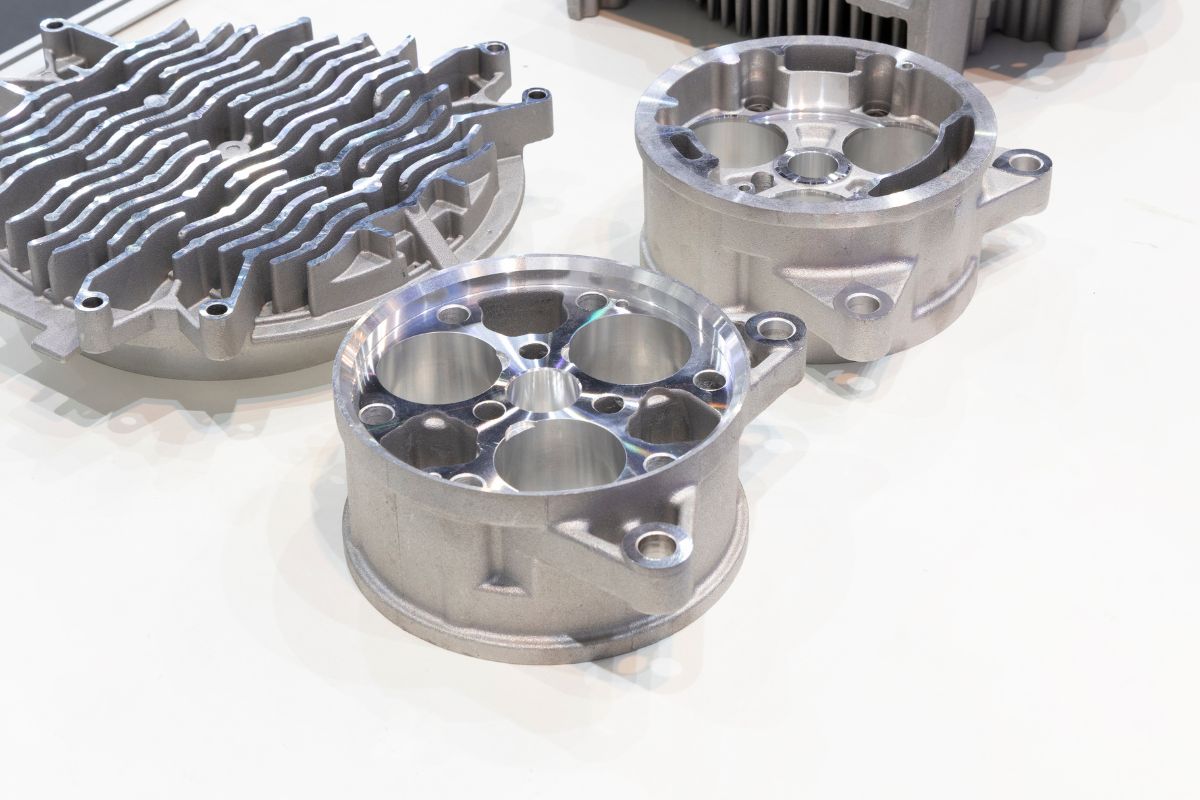

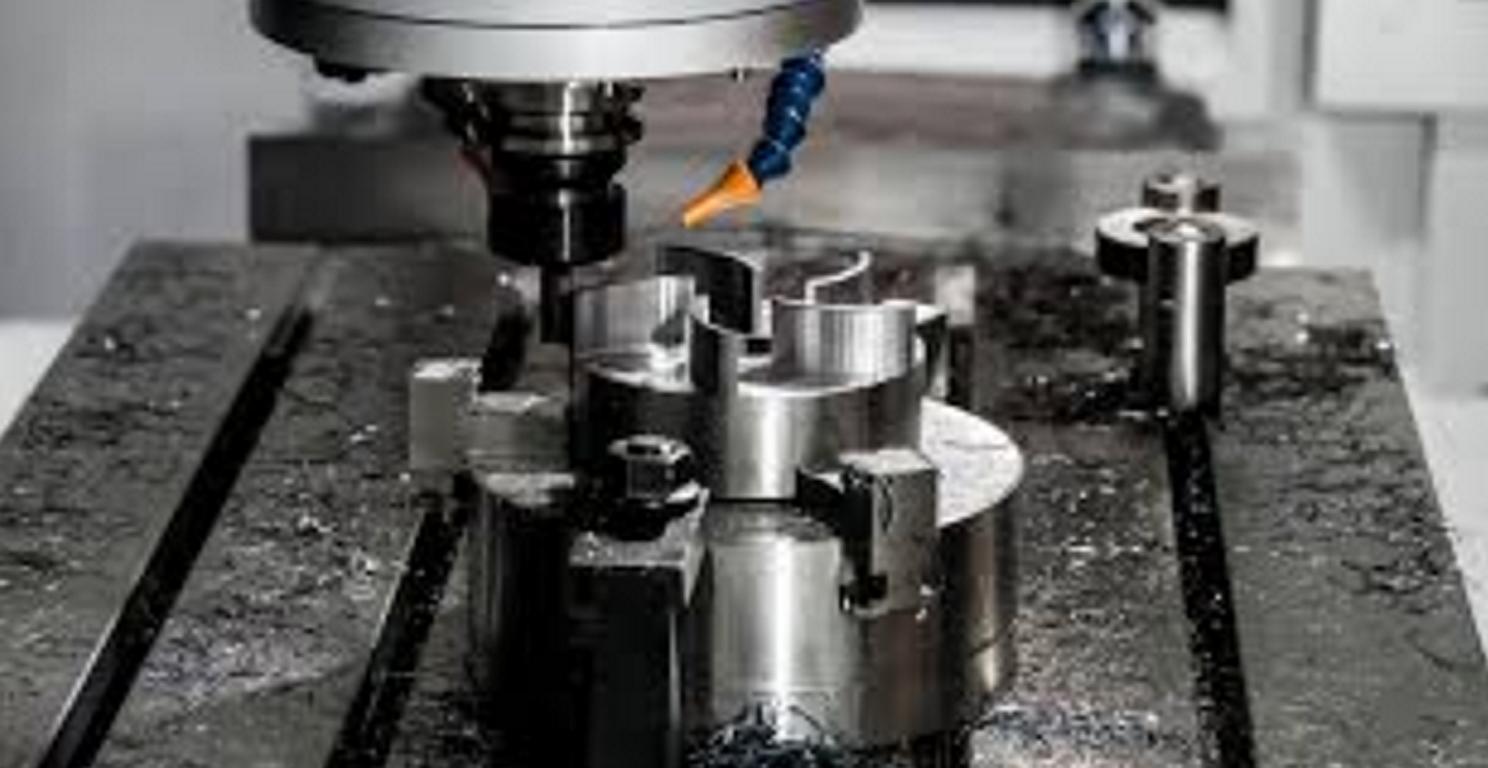
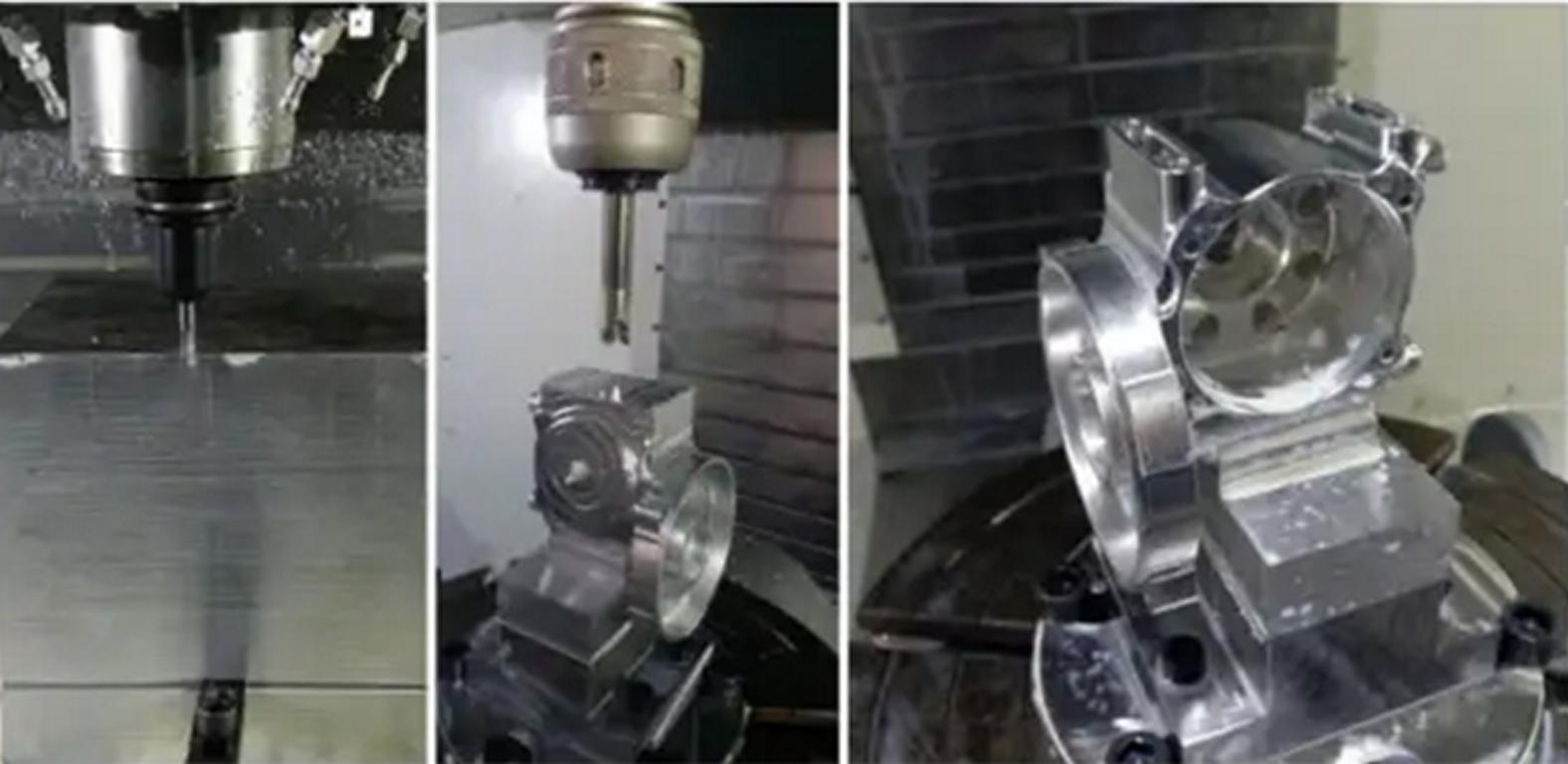
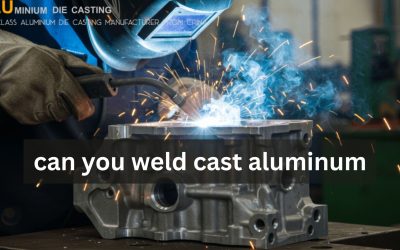


0 Comments